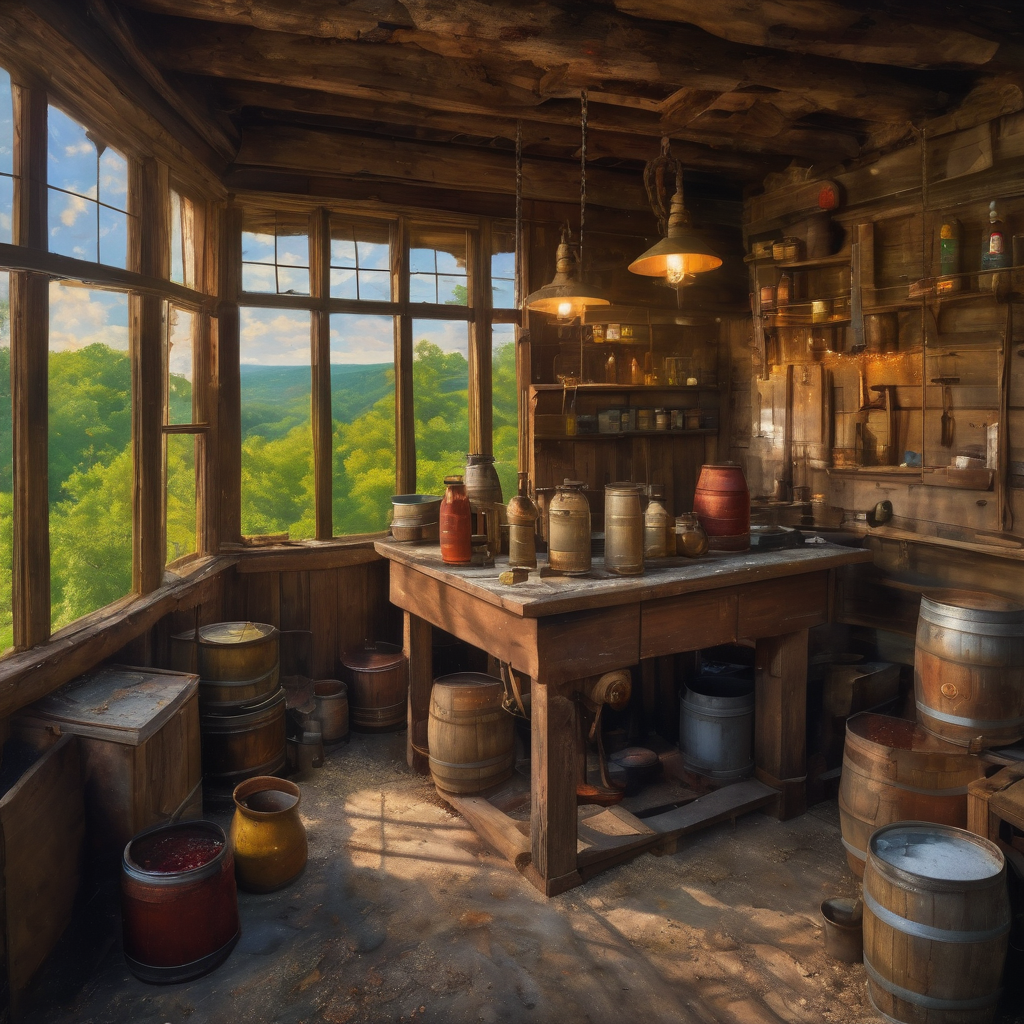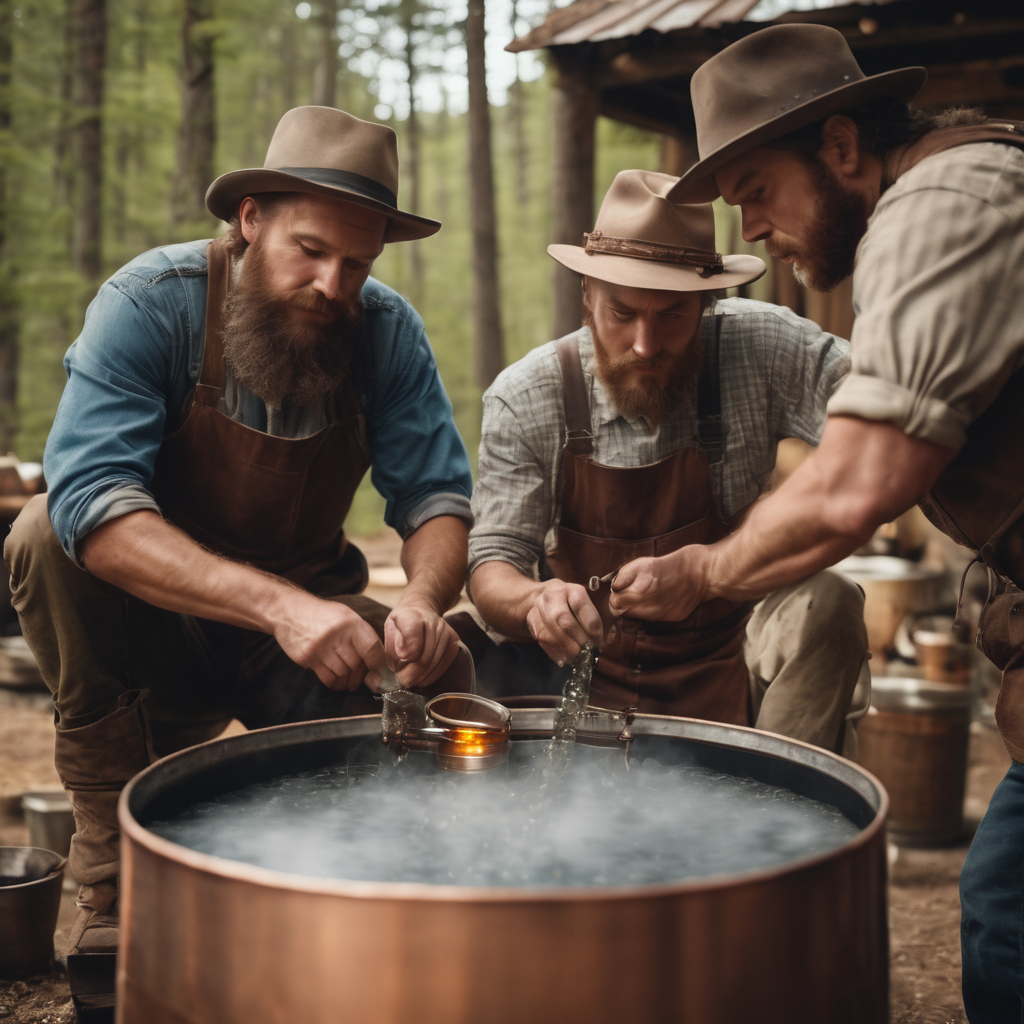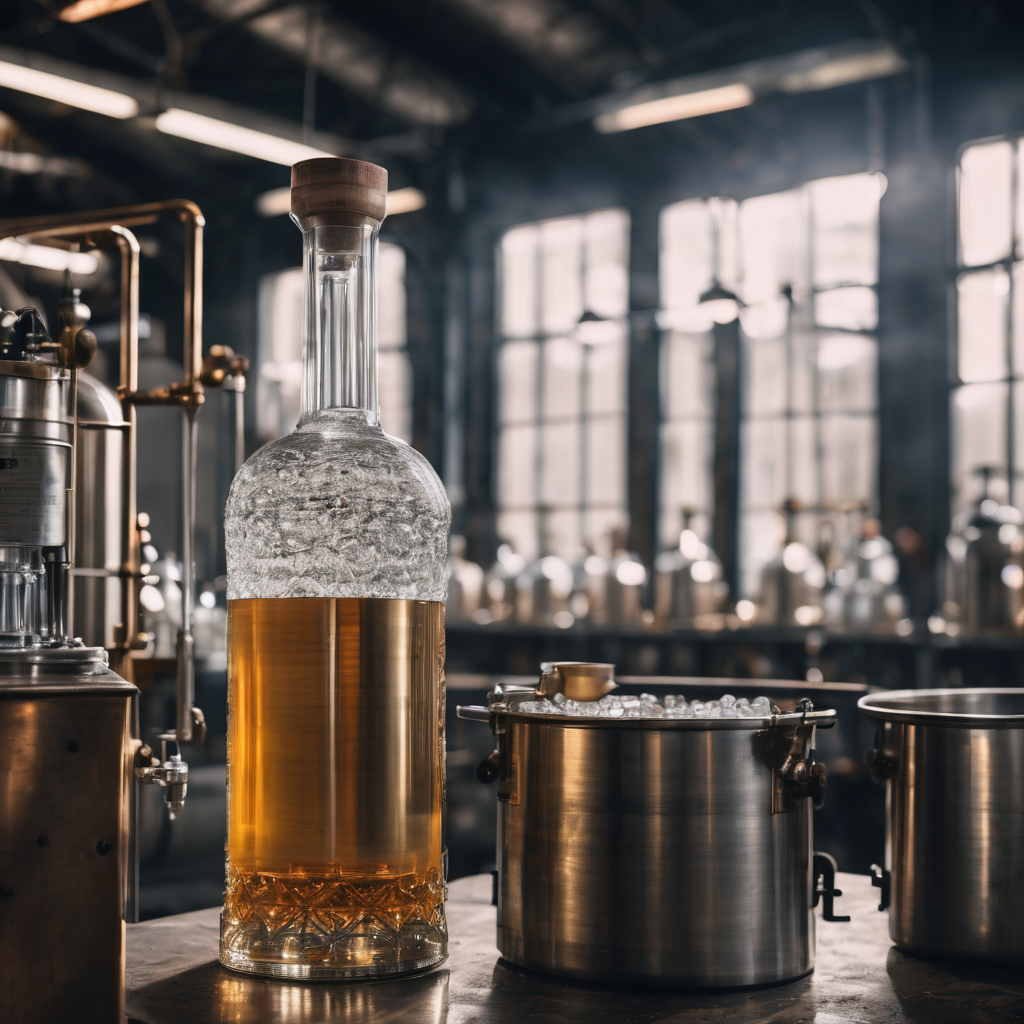Category: Guides
-

Why Discarding Foreshots Is Essential
When it comes to crafting high-quality spirits, one of the most crucial steps for any distiller is discarding the foreshots. These initial runs of a distillation contain compounds that can ruin the flavor and even pose health risks if consumed. Let’s explore why discarding foreshots is non-negotiable, how to determine the right amount to discard,…
-

How to Oak Age Moonshine Without using Barrels
Ah, the art of oaking up your moonshine without the need for those fancy barrels. Let’s embark on a journey to infuse that homemade magic with the rich, smooth embrace of oak. In the moonshiner’s arsenal of tricks, oak aging stands tall, but not everyone has a cellar full of barrels lying around. Fear not,…
-

Theoretical Maximum Fermentation Yields
The theoretical maximum alcohol by volume (ABV) achievable through fermentation is determined by the yeast’s tolerance to alcohol. Yeast cells have a limit to the concentration of alcohol they can withstand before it becomes toxic to them. This limit varies among yeast strains. In general, most common brewing yeast strains have an alcohol tolerance ranging…
-

Mastering Distillation Techniques: Pot Stills, Reflux Stills, and Precision in Moonshining
Distillation stands at the heart of moonshine production, transforming fermented mash into refined spirits through careful manipulation of stills, cuts, and temperature control. Understanding the nuances of different still types, setups, and techniques ensures the creation of high-quality moonshine. Pot Stills vs. Reflux Stills: 1. Pot Stills: 2. Reflux Stills: Still Setups and Configurations: 1.…
-

Aging and Storing Moonshine: Enhancing Flavor and Quality
A crucial aspect of crafting exceptional moonshine lies in the art of aging and proper storage. While moonshine is traditionally known for its unaged, raw character, aging the spirit imparts depth, complexity, and desirable flavors. Understanding the aging process and adopting optimal storage practices can elevate your moonshine to new heights of quality and taste.…
-

Moonshine Basics and History:
Unveiling the Legacy of Homemade Spirits Moonshine, synonymous with homemade spirits, carries a rich historical legacy dating back centuries. This clandestinely distilled beverage has persisted through eras, weaving its way through cultural narratives, legal turmoil, and evolving distillation techniques. Understanding the basics and delving into its captivating history unveils the allure of this illicit yet…
-

How to make a Yeast Starter
What is a Yeast Starter? A yeast starter is a pre-fermentation culture of yeast that helps increase the cell count and vitality of the yeast before pitching it into a larger batch of wort. This technique is especially useful for high-gravity fermentations where a higher number of yeast cells are needed for a healthy fermentation.…
-

Yeast Washing and Yeast Ranching: A Comprehensive Guide
What is Yeast Washing? Yeast washing is a process used by brewers to collect, clean, and store yeast for future use. This method involves separating yeast cells from trub (sediment consisting of proteins, hop debris, and other particles) and other fermentation byproducts after fermentation. Benefits of Yeast Washing: Yeast Washing Process: Equipment Needed: Step-by-Step Instructions:…